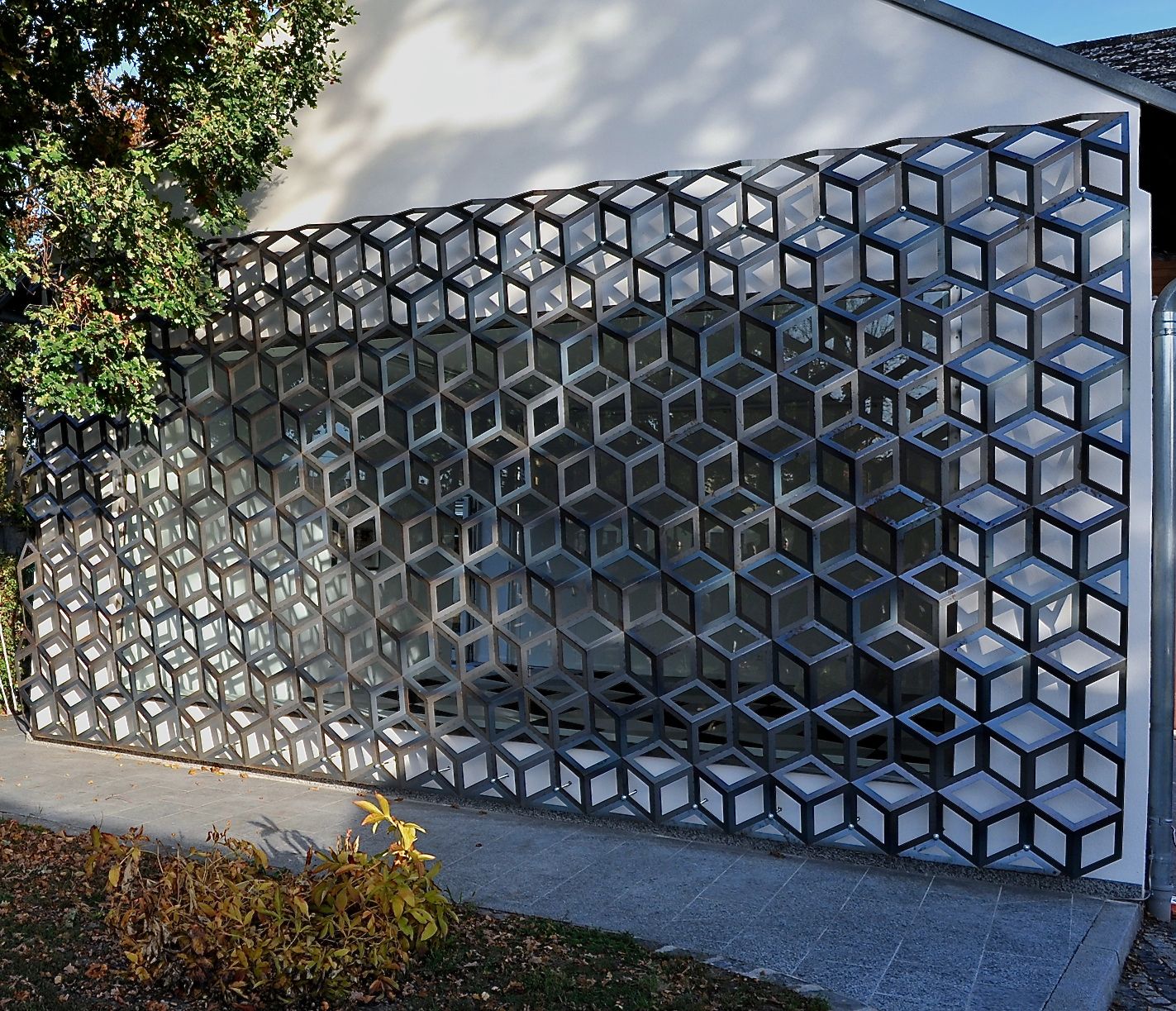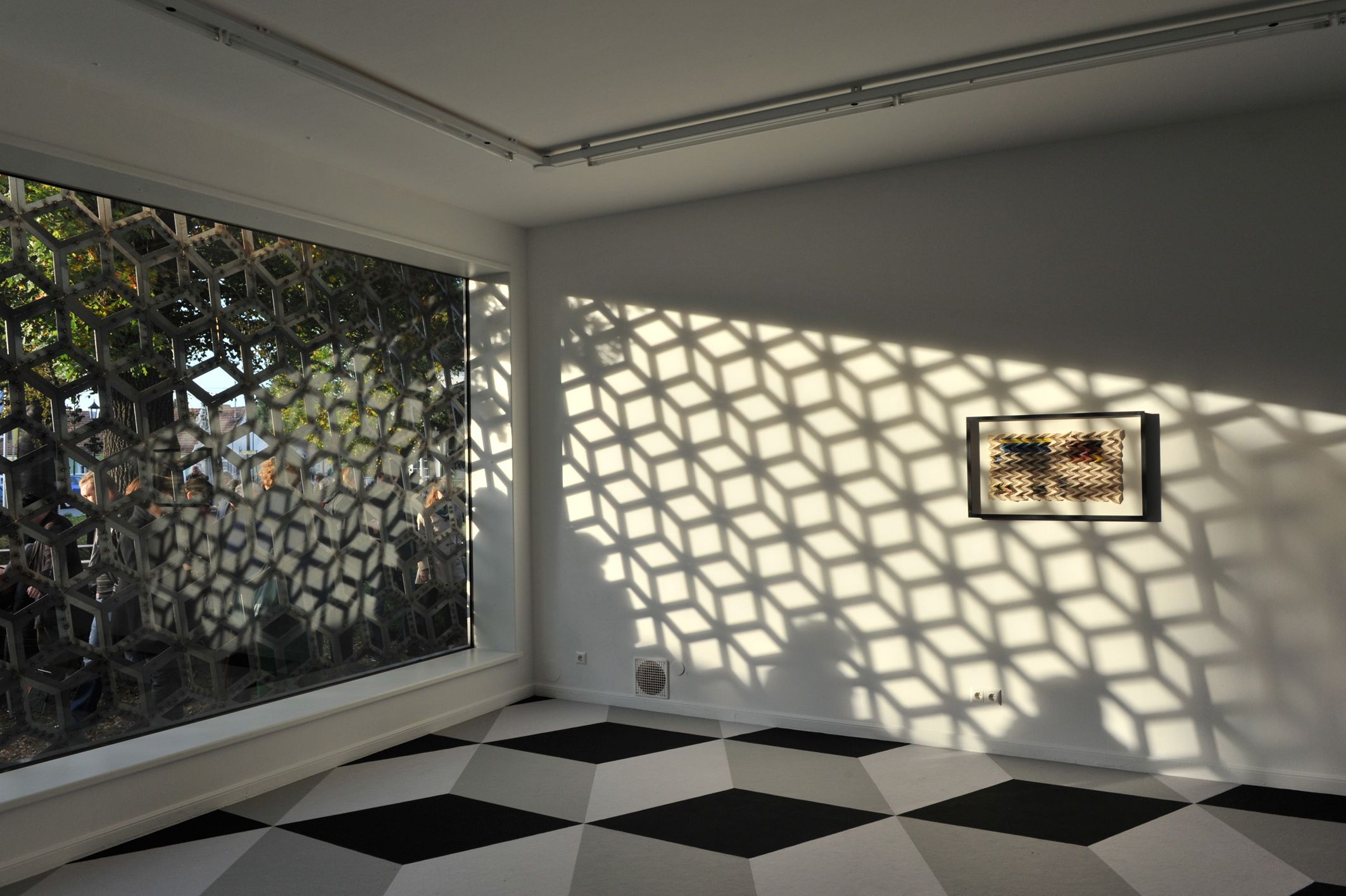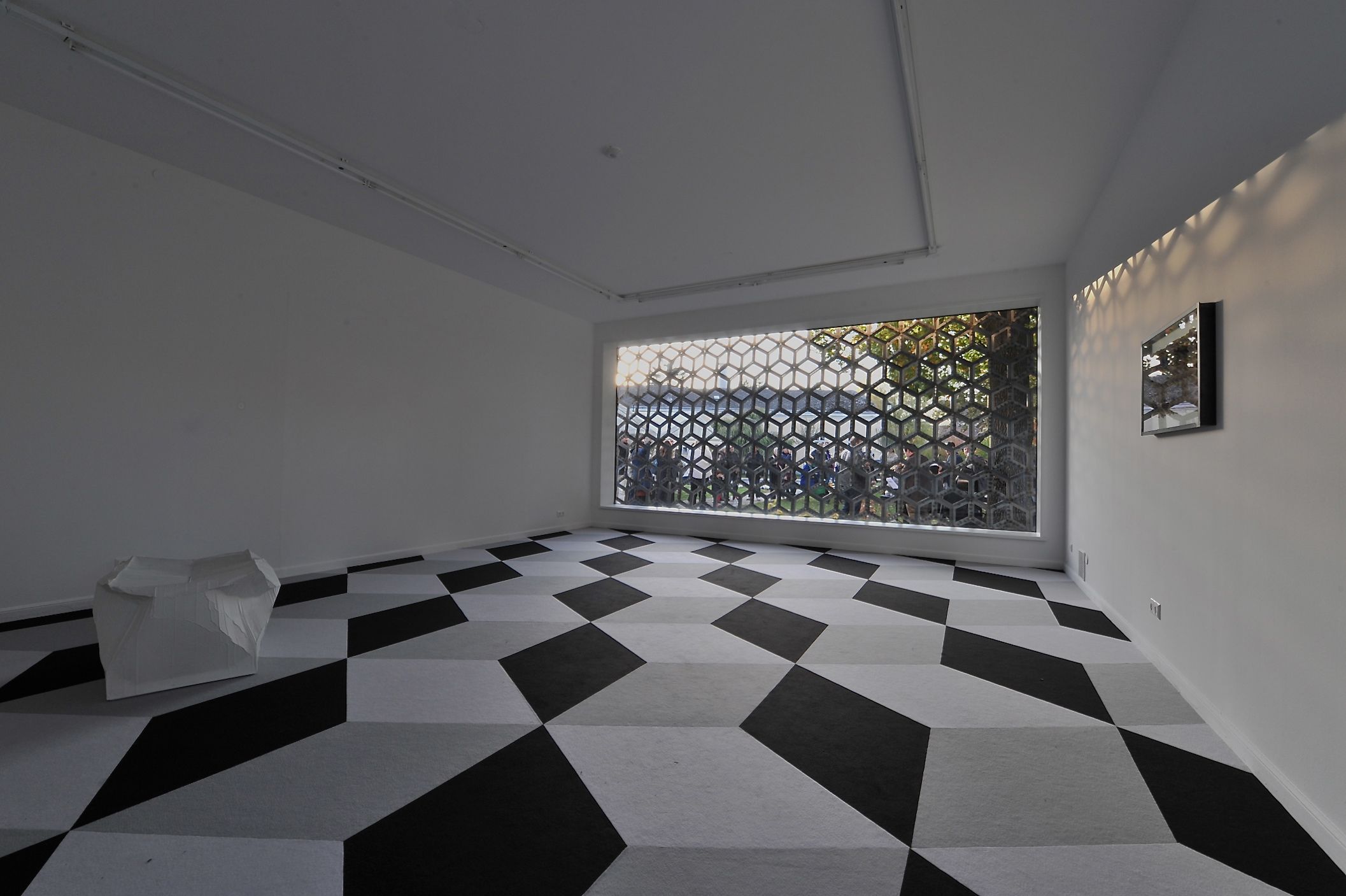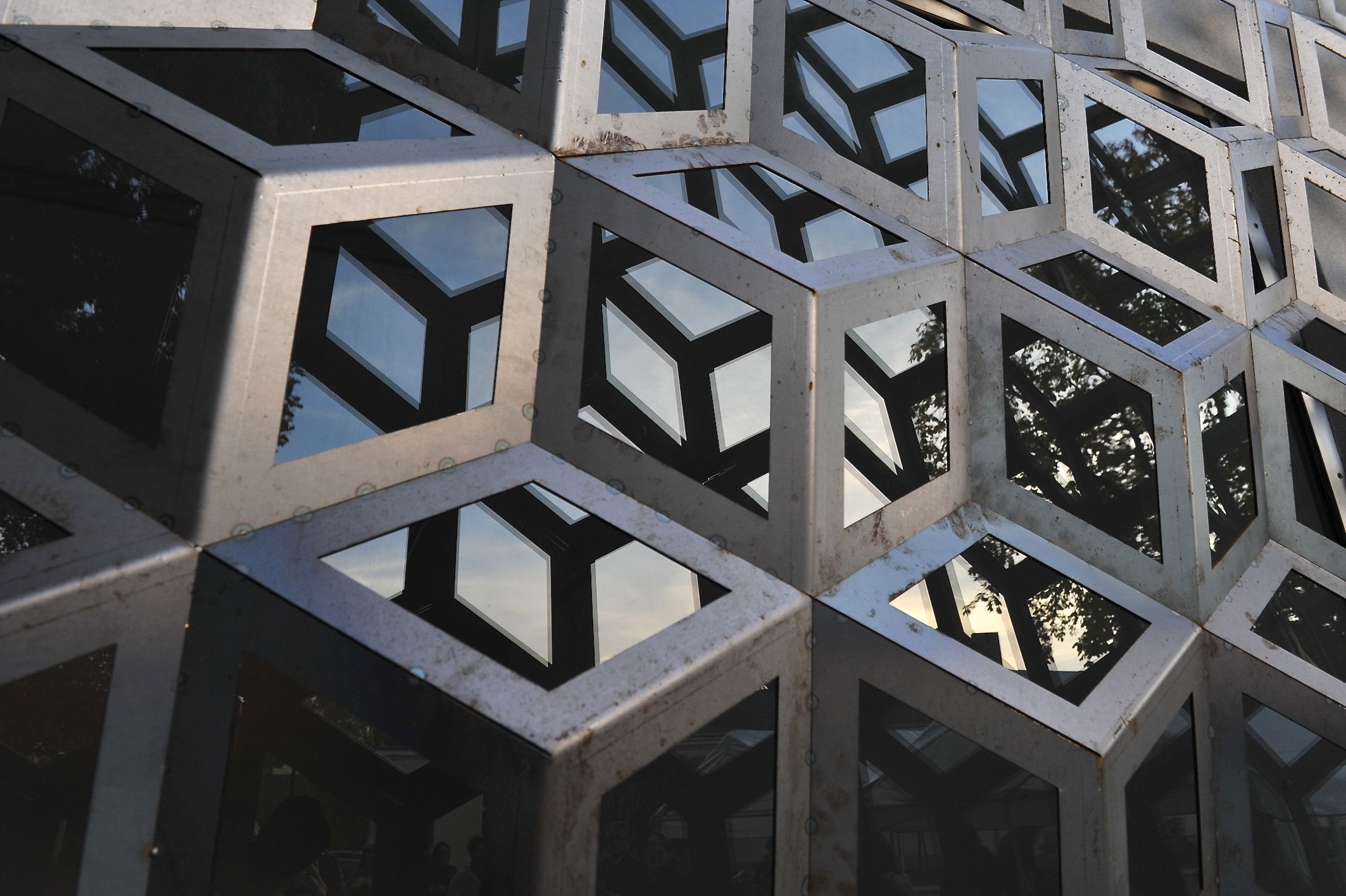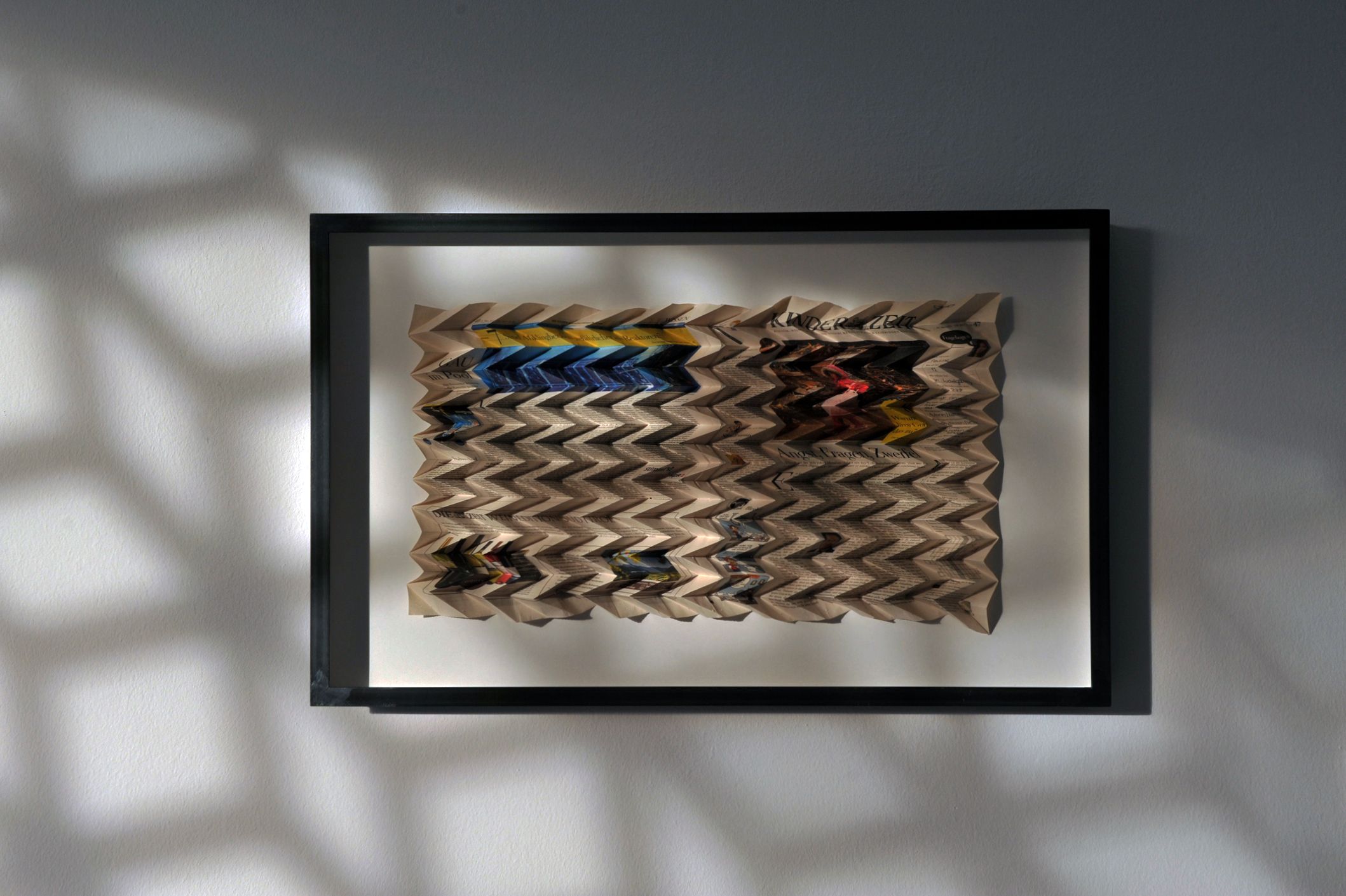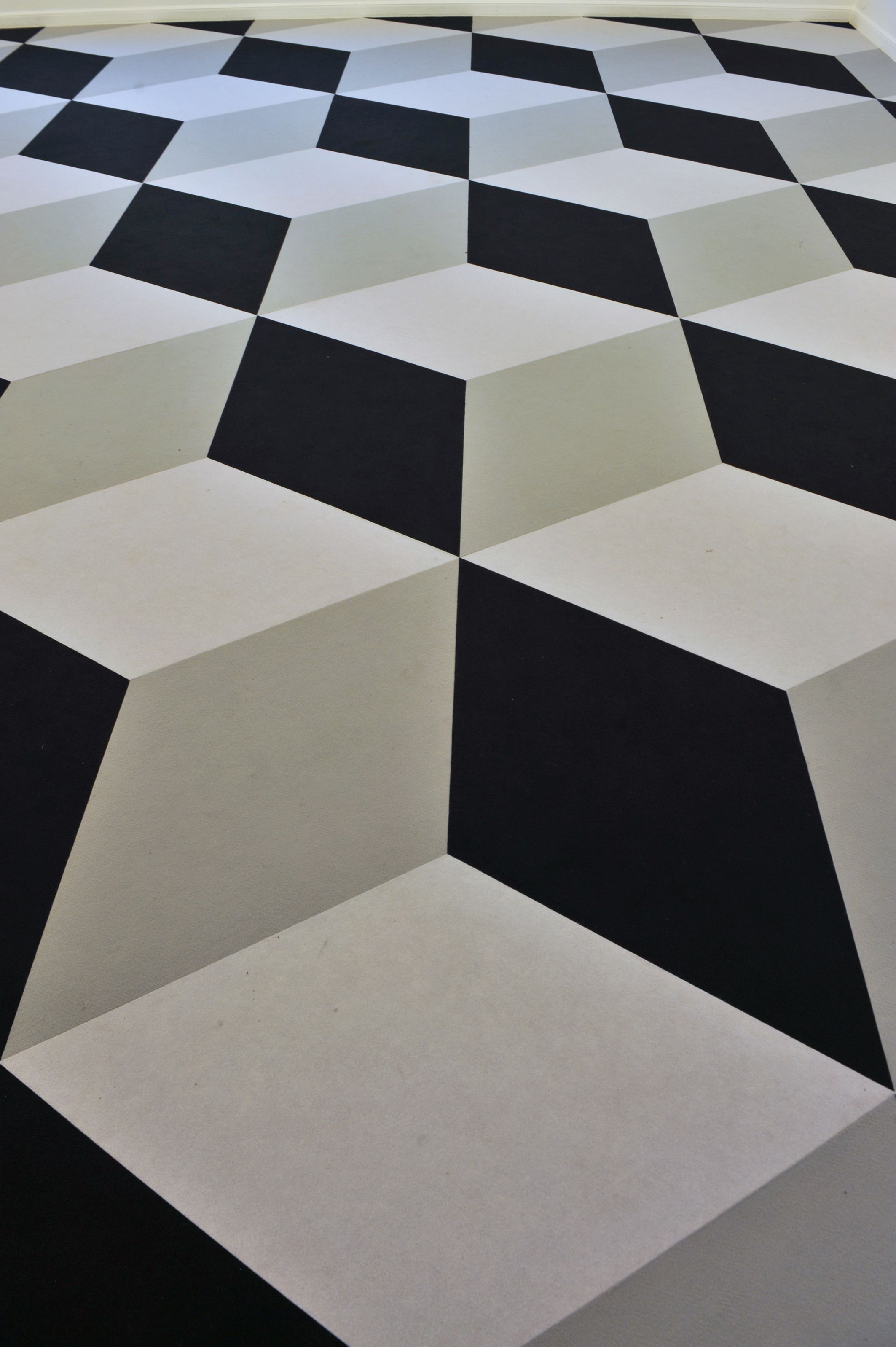Peter Sandbichler
:
Behind the Curtain
Back
Information
After remodeling an old fire station and turning it into an exhibition space for contemporary art, Michael Kienzer invited artists to create temporary installations that would last half a year and would also be visible from the outside through a large window. He thus transformed the entire building into a sculpture in public space.
For his project in the Weikendorf art space, Peter Sandbichler developed site-specific works that he installed on the floor and outside the window accompanied by selected works, creating a room-sized installation. This exhibition focuses on geometric structures – their repetition and variation – creating an artistic play with modular elements and series of grid patterns. The artist juxtaposes a regularity of stark contrasts with a somewhat randomly folded cardboard box-like object that also serves as a kind of seat. The curtain in the title, which evokes associations of the Iron Curtain separating Eastern and Western Europe, refers to the iron grating on the building’s front window. Because it questions the relationship between inside and outside, private and public, it reminds us of the ornamental patterns of the Arabic Mashrabiya and the Indian Jali. It amazes us with its potential for multiple perception. Its external sculptural appearance, whose colors are modulated by the light, contrasts with its more graphic interior view, whose three-dimensionality is flattened into an ornamental pattern by the light shining through it from behind, projecting its shadow on the wall.
In the vein of Buckminster Fuller and Friedrich Kiesler, Peter Sandbichler’s work is a convincing hybrid of spatial intervention, architecture, and sculpture. His work enfolds us in a jungle of multiple horizontally and vertically folded spaces, appealing to our perception and generating reversible figures in different shapes and sizes. Sandbichler’s artistic practice addresses questions of stability and constructed surfaces. His convincing balance between illusion, ornament, and construction pulls us in. His artworks dizzily oscillate between two- and three-dimensionality, between positive and negative forms, making us unsure about our position, while shedding extraordinary light on the spaces they encompass.
(Angela Stief)
Images (6)
